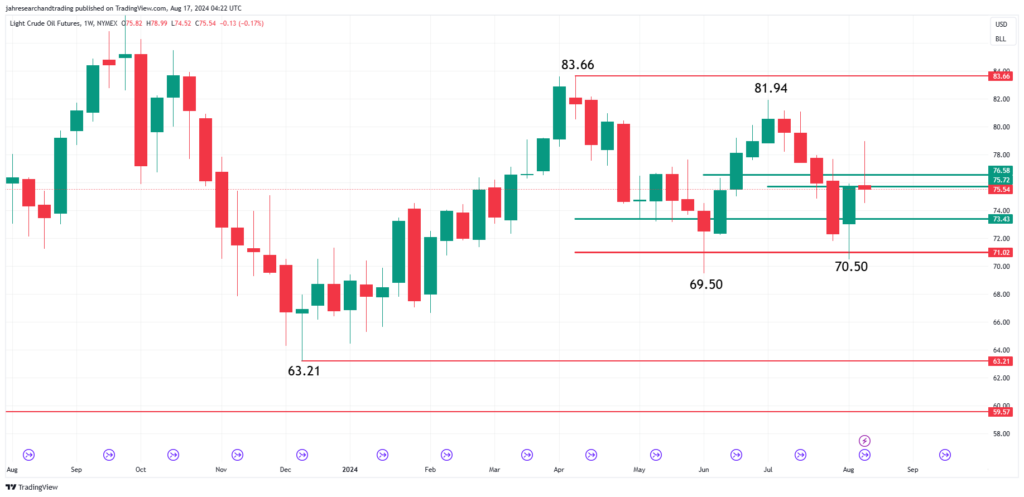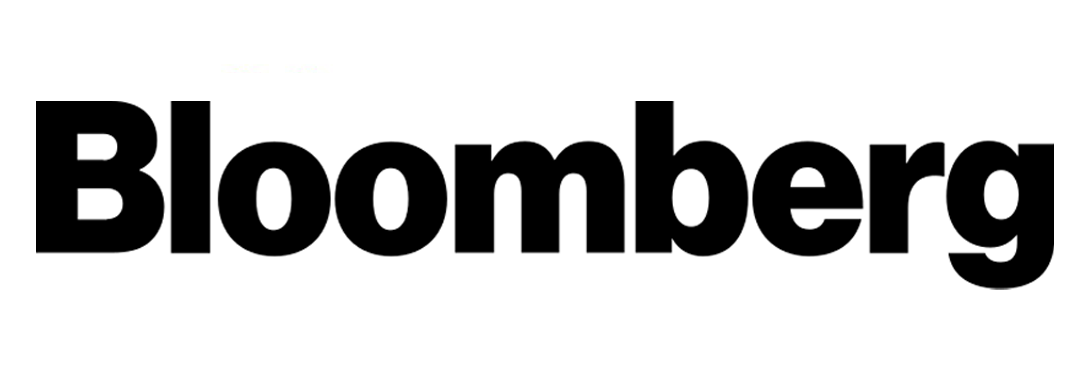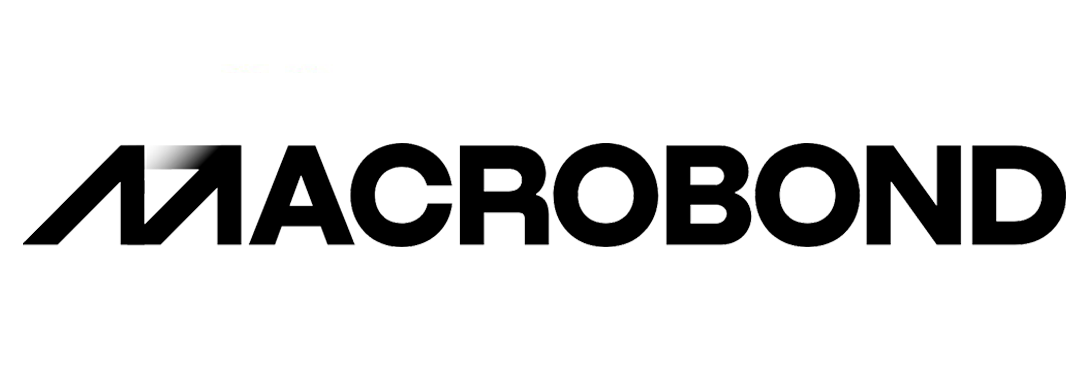The global oil markets continue to experience some interesting times. In terms of prices, the downward pressure continues to increase as demand (discussed in detail below) remains lukewarm against a very steady supply. The supply side has also gained more strength as non-OPEC production continues to increase. Within this the story of the U.S. oil production seems highly relevant. As such this article discusses the latest developments in this regard along-with the overall contours of the markets towards the end.
The U.S. shale industry has seen significant advancements in drilling technology, which are now poised to unlock vast reserves of previously inaccessible oil. Chevron’s recent success with its $5.7 billion Anchor project in the Gulf of Mexico exemplifies the impact of these technological advancements. By employing equipment capable of handling pressures 20,000 pounds per square inch—about a third greater than anything encountered before—Chevron is tapping into reserves that were once considered out of reach. This breakthrough is expected to open up approximately 5 billion barrels of oil, significantly boosting U.S. production capacity.
The Gulf of Mexico, which has struggled to return to its peak production levels since 2019, could see a resurgence with the addition of these high-pressure fields. Analysts from Wood Mackenzie and Rystad Energy are optimistic that the Gulf will be a key area for growth, with technology like Chevron’s setting the stage for a potential revival in output. The implications extend beyond the U.S., with countries like Brazil, Angola, and Nigeria also possessing high-pressure, high-temperature fields that could benefit from similar technological advancements. On a broader scale, U.S. shale oil production continues to defy expectations. Despite forecasts of a slowdown, the sector has managed to maintain growth through efficiency gains and technological innovations. HSBC predicts that U.S. shale will continue to grow for another four years, peaking around 2028. This sustained growth is crucial for global oil markets, especially as OPEC+ countries like Saudi Arabia and Russia attempt to manage their own production levels in response to fluctuating global demand.
The ongoing consolidation within the U.S. shale industry is another key factor contributing to its resilience. Companies are increasingly focused on maximizing recovery rates from existing wells while keeping costs under control. Techniques like simul-fracking, where multiple wells are drilled and fracked simultaneously, have shown promise in maintaining production levels. However, this comes at a cost, and the industry is carefully balancing the need for continued growth with the realities of a maturing sector. Looking at the global oil markets, recent developments have been marked by volatility.

Looking at the global oil markets, recent developments have been marked by volatility, particularly due to China’s economic challenges. In July, China’s industrial output grew at a slower pace of 3.7% year-on-year, down from 4.4% in the previous month, while new home prices dropped by 2.6%, the steepest decline in nine years. These factors have led to a reduction in oil demand, with Chinese refineries cutting crude processing rates significantly. In response, OPEC reduced its global oil demand growth projection for 2024 from 2.25 million barrels per day (bpd) to 2.11 million bpd, while the International Energy Agency (IEA) lowered its 2025 demand growth forecast due to the diminishing impact of China’s post-COVID recovery. These revisions underscore the profound impact that China’s economic slowdown is having on global oil markets, creating a bearish outlook that continues to weigh on prices.














